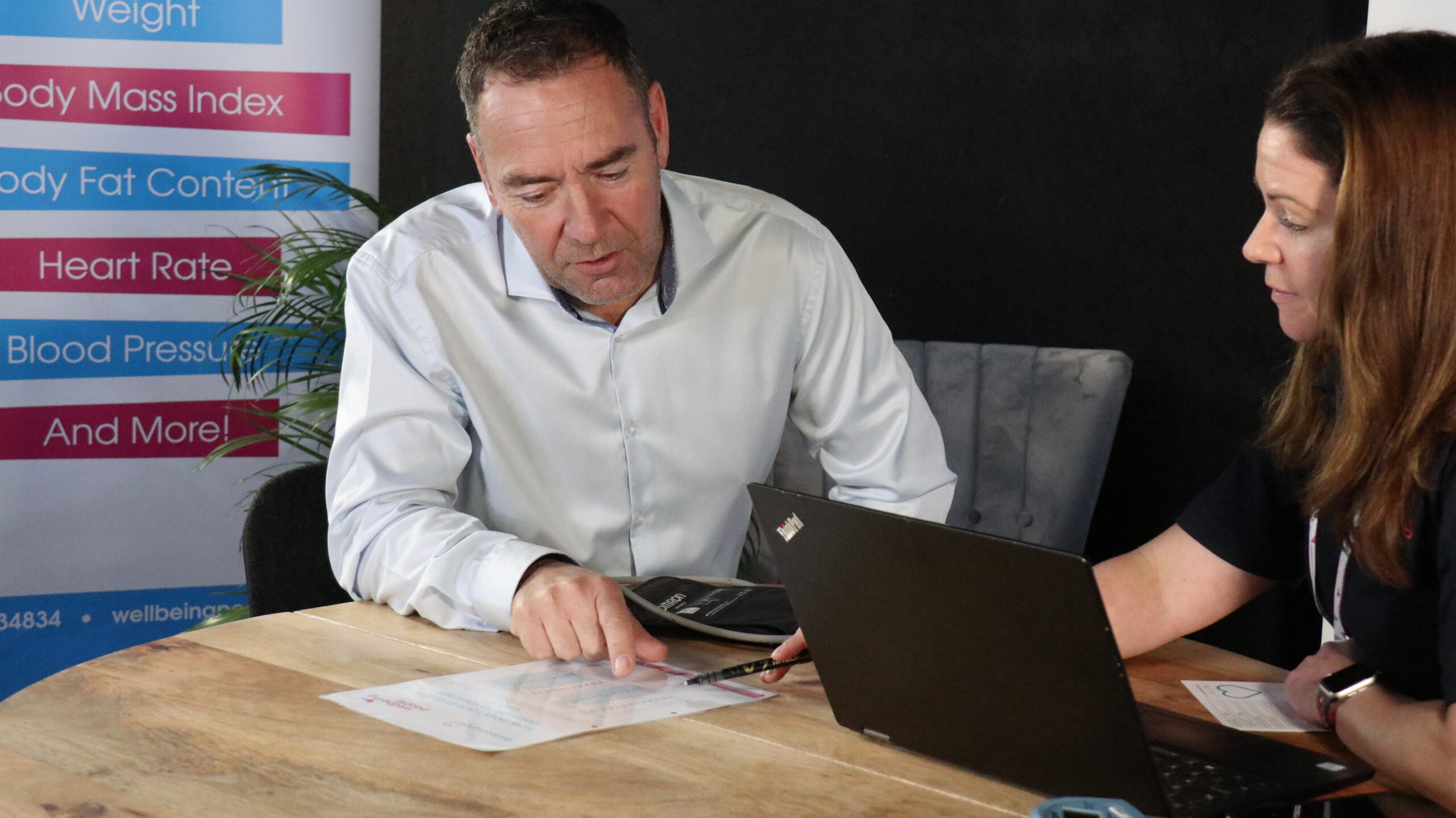When employees feel good, they do good. And that feelgood factor doesn’t just happen at random; it’s shaped by what we do, how we live, and the all-important balance between life and work.
The feelgood factor at work; why it matters more than you think
It’s no secret that our lives outside of work spill into the office, and vice versa. Employees who are constantly stressed, sleep-deprived, or unwell won’t magically switch on high performance the moment they sit at their desks.
Consider these everyday truths:
The result? Productivity dips, morale falls, and businesses lose both time and money.
The Work-Life-Feel Connection
How people live their lives, the food they eat, how much they sleep, how active they are, how much support they have all impact how they feel. And how they feel directly affects how they work.
Here’s how lifestyle and work are linked:
On the flip side, people who feel good in themselves show up differently. They’re more present, more creative, and more invested.
What Businesses Can Do: Simple, Effective Shifts
You don’t need to overhaul everything overnight. Start with small, consistent actions that promote the feelgood factor within your workplace culture. Try these 5 steps:
- 1Encourage regular movement breaks - a walk outside is a great way to clear the mind, stretches at the desk or perhaps a walking meeting.
- 2Provide healthy snacks or hydration stations - even small gestures such as these show that a business cares.
- 3Start wellbeing check-ins - talking about health and balance, not just performance, helps employees to feel valued and heard.
- 4Introduce health screening - finding a product or service that highly engages staff is a winning approach. Something like the Advanced Wellbeing Age Assessment combines physical, emotional, and lifestyle factors to give a holistic snapshot of personal wellbeing (rather than just focussing on medical data)
- 5Lead by example - when leaders take care of themselves, others follow suit.
A Real-World Wake-Up Call: When Wellbeing is Ignored
Let’s take an example.
A study by Gallup revealed that in organisations where employees are not engaged or feel unsupported in terms of wellbeing, productivity can plummet by as much as 18%. Turnover in these organisations is also significantly higher, leading to rising recruitment costs and loss of experience.
In one UK-based company, high workloads and an “always-on” culture led to a 20% increase in sick days over a year. Burnout levels soared. The leadership team eventually realised that the cost of ignoring wellbeing was far higher than investing in it, both financially and culturally.
the feelgood factor at work
At the heart of any successful business are people. And when those people feel good, physically, emotionally, and mentally, they ultimately will give their best. The feelgood factor is not fluffy or optional - it’s fundamental.
People spend a third of their adult lives at work. That time should support, not sabotage, their wellbeing. The feelgood factor is the bridge between health and high performance.
It’s not just about making people happy. It’s about making people whole, and when they feel whole, they deliver their best work.
So here’s the question for every business leader: What are you doing to help your people feel good
Workplace Wellbeing
Chat to our friendly team to find out how Wellbeing People can help you add the feedgood factor into your workplace culture
References and further reading

